Varicose Veins Treatment in Ghaziabad & Delhi: Don't Let Them Slow You Down
Understand Causes, Laser Treatment & Swift Recovery for Healthier Legs
Read MoreThe presence of bulging, twisted veins on your legs often causes discomfort, pain, or embarrassment. This is a common medical condition, yet it is frequently overlooked, a tendency that can lead to a worsening of symptoms and the development of more serious complications over time. It is crucial to address these concerns proactively to maintain overall well-being.
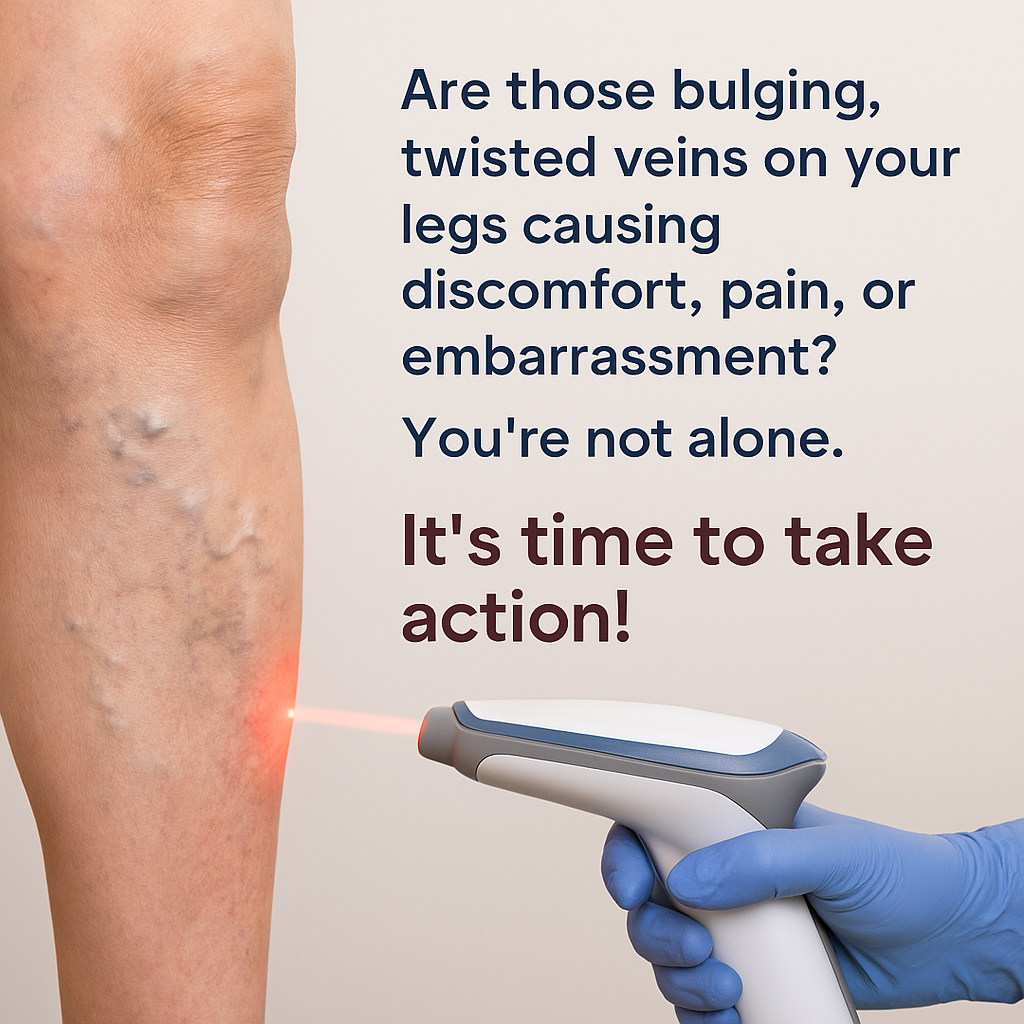
Are those bulging, twisted veins on your legs causing discomfort? It's time to take action!
Varicose Veins: Causes & Risk Factors in Ghaziabad & Delhi
Varicose veins are characterized as enlarged, twisted veins that are most frequently observed in the legs and feet. Their formation is rooted in a dysfunction of the small, one-way valves located inside the veins. These valves are designed to facilitate the upward flow of blood back towards the heart. When these valves become weak or damaged, they fail to close properly, allowing blood to flow backward and accumulate within the vein. This pooling of blood causes the vein to swell and become visibly prominent.
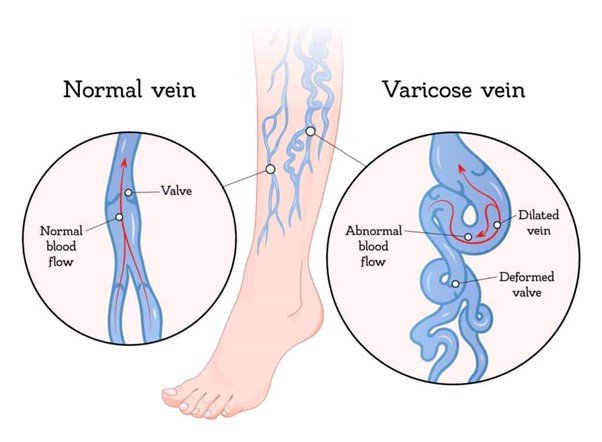
Understanding the difference: Normal vein vs. Varicose vein.
Several factors contribute to the development of varicose veins, encompassing both inherent predispositions and lifestyle-related influences:
- Genetics (Family History): A significant risk factor is a family history of varicose veins. Individuals are at a higher risk if their parents or other close relatives had experienced this condition. This highlights an immutable biological predisposition, suggesting that some individuals are inherently more susceptible.
- Age: The likelihood of developing varicose veins increases with advancing age. As individuals grow older, veins naturally lose some of their elasticity, making them more prone to stretching and valve dysfunction. This is another factor largely beyond an individual's control.
- Gender: Women are disproportionately affected by varicose veins compared to men. This increased susceptibility is largely attributed to hormonal changes that occur during key life stages such as pregnancy, puberty, and menopause.
- Pregnancy: During pregnancy, the body experiences an increase in blood volume, and there is additional pressure exerted on the pelvic veins. Both of these physiological changes can contribute to the development of varicose veins.
- Obesity: Carrying excess weight places additional pressure on the veins, particularly those in the legs. This increased pressure can strain the vein valves and walls, contributing to varicose vein formation. This represents a modifiable lifestyle factor where proactive management can mitigate risk.
- Prolonged Standing or Sitting: Occupations or lifestyles that necessitate long periods of standing or sitting can impede healthy blood circulation in the legs. Gravity makes it harder for blood to flow upwards against weakened valves, leading to pooling. This points to a broader public health consideration, as modern work environments often involve prolonged static postures.
- Lack of Movement: A sedentary lifestyle, characterized by insufficient physical activity, also contributes to poor blood flow. Regular movement helps muscle contractions pump blood through the veins, and a lack thereof diminishes this natural circulatory aid. This is another modifiable factor, emphasizing the role of daily activity in vein health.
- Previous Leg Injury or Trauma: Any prior damage or trauma to the veins in the legs can compromise their structural integrity or valve function, thereby increasing the risk of varicose vein development.
The interplay of these factors means that while some individuals may have a genetic or biological predisposition, lifestyle choices also play a significant role in the onset and progression of varicose veins. Understanding this blend of inherent and modifiable elements is crucial for both prevention and treatment strategies.
Varicose Veins: Symptoms & Potential Complications
It is a common misconception that varicose veins are merely a cosmetic concern. However, they can lead to a range of uncomfortable and, in some cases, serious symptoms that extend far beyond aesthetic considerations. Ignoring these indicators can lead to escalating discomfort and potentially severe health complications, including blood clots or skin ulcers. The progression from mild symptoms to severe complications underscores the critical importance of timely assessment and intervention.
Common Varicose Vein Symptoms to Watch Out For
Beyond the visible bulging veins, individuals with varicose veins commonly experience a variety of symptoms that signal the need for medical attention:
- A persistent aching or heavy feeling in the legs.
- Burning, throbbing sensations, muscle cramping, and swelling in the lower legs.
- Increased pain or discomfort after prolonged periods of sitting or standing.
- Itching around one or more of the affected veins.
- Discoloration of the skin around the varicose vein, often appearing brownish or reddish.
- Hardening of the vein itself, a condition known as phlebitis.
- Bleeding from the vein.
- The development of leg ulcers, which represent a severe complication.
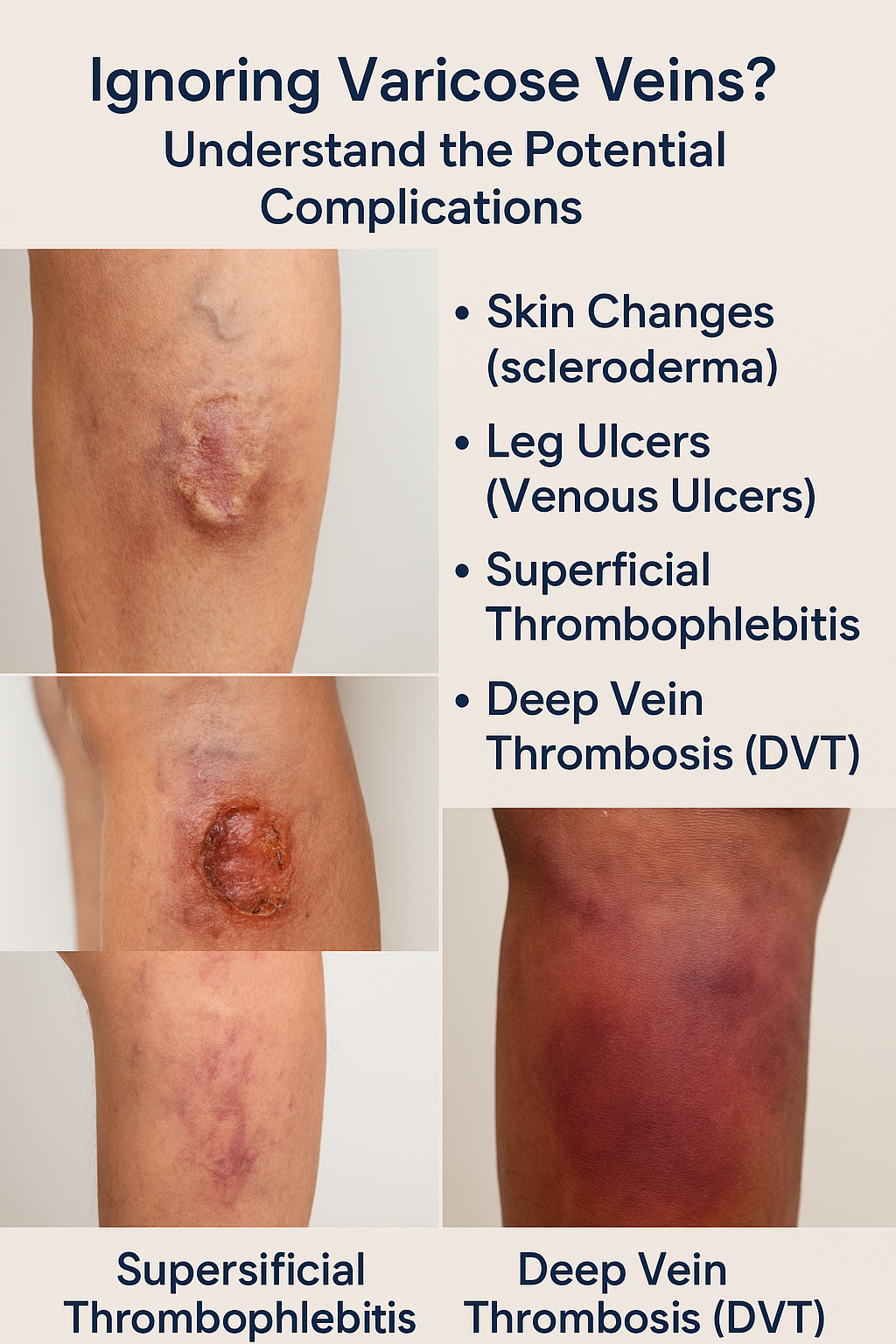
Ignoring Varicose Veins? Understand the Potential Complications
Potential Complications of Untreated Varicose Veins
Neglecting varicose veins can lead to a spectrum of uncomfortable, painful, and even severe health complications that can significantly impact an individual's health and quality of life. These are not merely aesthetic issues but indicators of underlying vein disease that can worsen over time.
- Skin Changes (Venous Dermatitis/Stasis Dermatitis): Chronic pooling of blood in the veins can lead to inflammation and damage to the surrounding skin. This manifests as discoloration (often brownish or reddish), dryness, itching, thinning, or flakiness of the skin around the affected veins. This condition is medically termed venous dermatitis or stasis dermatitis.
- Leg Ulcers (Venous Ulcers): This is a more advanced and severe complication. When the skin changes become pronounced, particularly around the ankles, the skin can break down, forming painful, open sores known as venous ulcers. These ulcers are notoriously slow-healing, highly susceptible to infection, and can severely impair mobility and overall quality of life. The progression from simple skin changes to open wounds highlights the escalating severity of untreated venous disease.
- Superficial Thrombophlebitis: This condition occurs when a blood clot forms within a varicose vein located just beneath the skin's surface. The affected vein typically becomes hard, tender, red, and warm to the touch. While generally not life-threatening, it can be extremely painful and serves as a clear indication of worsening underlying vein disease.
- Deep Vein Thrombosis (DVT) - Rare but Serious: Although less common as a direct consequence of varicose veins themselves, severe venous insufficiency associated with varicose veins can increase the risk of a blood clot forming in a deep vein. A DVT is a serious medical emergency because the clot can dislodge and travel to the lungs, leading to a pulmonary embolism, which can be life-threatening. The inclusion of this severe, albeit rarer, complication serves to emphasize the potential for serious health deterioration if varicose veins are left unaddressed.
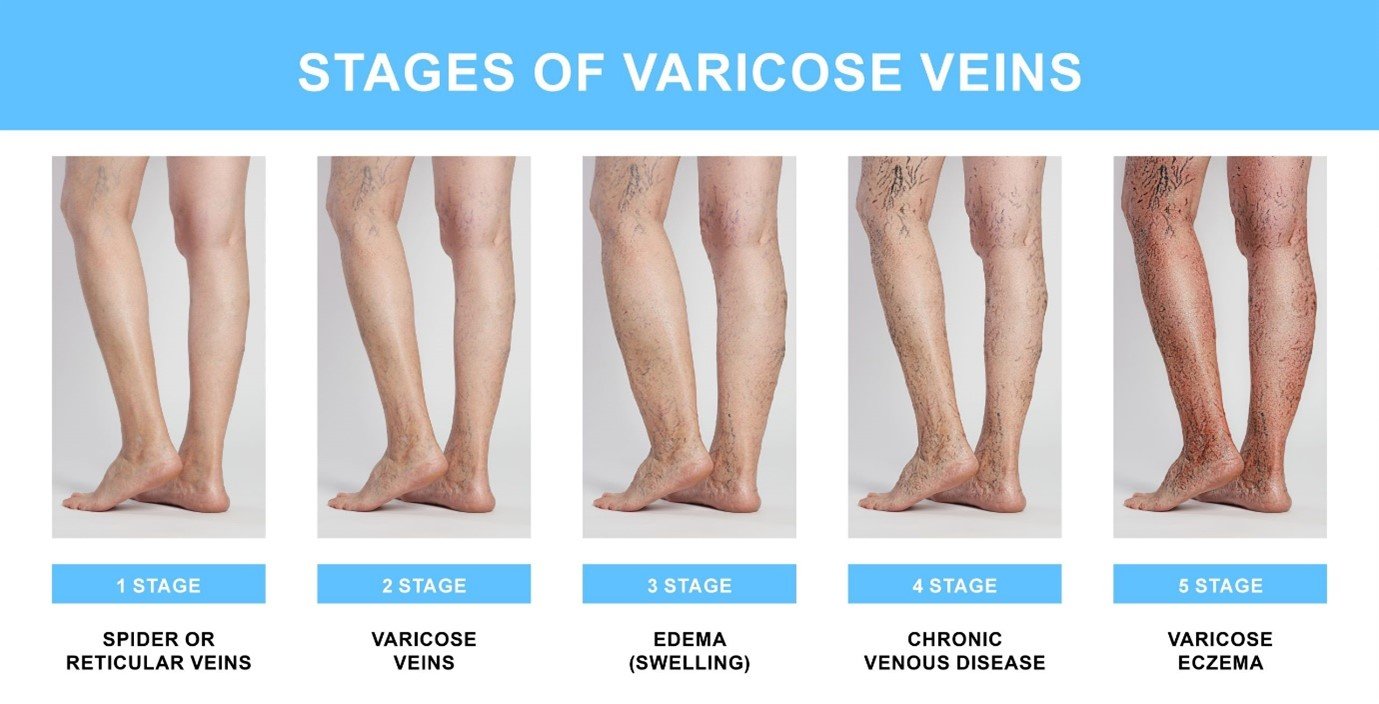
The progression: Stages of Varicose Veins.
The distinction between symptoms and complications is vital, as it illustrates the progressive nature of varicose vein disease. A visual representation can further clarify this distinction:
| Category | Manifestations |
|---|---|
| Symptoms | Aching or heavy feeling in legs, burning/throbbing/cramping in lower legs, swelling in ankles/feet, worsened pain after sitting/standing, itching around veins, skin discoloration (brownish/purplish), hardening of vein (phlebitis), bleeding from vein, leg ulcers (severe symptom/complication). |
| Complications | Skin Changes (Venous Dermatitis/Stasis Dermatitis) leading to discolored, dry, itchy, thin, or flaky skin; Leg Ulcers (Venous Ulcers) as painful, slow-healing open sores; Superficial Thrombophlebitis (blood clot in superficial vein, tender/red/warm); Deep Vein Thrombosis (DVT - rare but serious blood clot in deep vein with risk of pulmonary embolism). |
This table visually separates the initial discomforts from the more severe health issues that can arise, reinforcing the message that varicose veins are more than just a cosmetic concern and that inaction carries significant health risks.
Timely Varicose Vein Treatment in Ghaziabad: Why Early Action Matters
It is strongly advised not to postpone seeking medical attention if symptoms of varicose veins are present or if the condition is negatively impacting quality of life. Waiting for complications to develop or worsen can lead to more complex and challenging treatment scenarios.
Consulting a vein specialist at the earliest sign of symptoms or visible varicose veins is the most effective approach to prevent the onset of these issues and to safeguard long-term vein health. Early diagnosis and prompt treatment are pivotal. They can effectively prevent the progression of complications, significantly alleviate discomfort, and markedly improve an individual's overall comfort and well-being. The emphasis here is on the preventative power of early intervention, framing treatment as a means to achieve a better quality of life. Taking this initial step is critical for moving towards healthier, pain-free legs.
Advanced Varicose Vein Laser Treatment (EVLA) Explained
The landscape of varicose vein treatment has advanced significantly. The era when surgical stripping was the primary option for severe varicose veins has largely passed. Today, Endovenous Laser Ablation (EVLA), commonly referred to as laser treatment for varicose veins, stands as a highly effective and minimally invasive procedure. This shift towards less invasive, patient-friendly procedures reflects a broader trend in modern medicine, aiming to reduce patient discomfort, minimize recovery time, and improve cosmetic outcomes.
How Does Varicose Vein Laser Treatment (EVLA) Work?
The EVLA procedure involves a precise and targeted approach to treating problematic veins. A very thin laser fiber is carefully inserted into the affected vein through a small incision, typically no larger than a needle puncture. Once positioned, the laser emits concentrated heat energy directly into the vein. This heat causes the vein walls to collapse and seal shut. Over time, the body's natural processes absorb the treated, now non-functional, vein. Blood flow is then automatically rerouted through healthier, surrounding veins, restoring efficient circulation. This natural rerouting ensures that the body continues to receive adequate blood supply without the problematic vein.
Benefits of EVLA Laser Treatment for Varicose Veins
EVLA offers numerous advantages over traditional surgical methods, making it a preferred choice for many patients and specialists:
- Minimally Invasive: The procedure requires only small incisions, often performed under local anesthesia. This significantly reduces trauma to surrounding tissues compared to traditional surgery. This aspect directly addresses common patient anxieties about surgery, such as large cuts and general anesthesia.
- High Success Rate: EVLA boasts an extremely high success rate in effectively closing off problematic veins, providing long-term relief from symptoms.
- Quick Procedure: The entire treatment is typically completed within an hour, allowing patients to return home the same day. The brevity of the procedure contributes to its appeal, minimizing disruption to a patient's schedule.
- Fast Recovery: Most patients can resume their normal daily activities very quickly after the procedure. This rapid return to routine is a significant factor in making treatment more accessible, as it reduces the need for extended time off work or other commitments.
- Reduced Pain & Discomfort: Patients generally experience considerably less post-procedure pain and discomfort compared to more invasive traditional methods. This benefit directly alleviates a major patient concern regarding surgical interventions.
- Excellent Cosmetic Results: Due to the minimal incision size, EVLA results in very little scarring, leading to superior cosmetic outcomes.
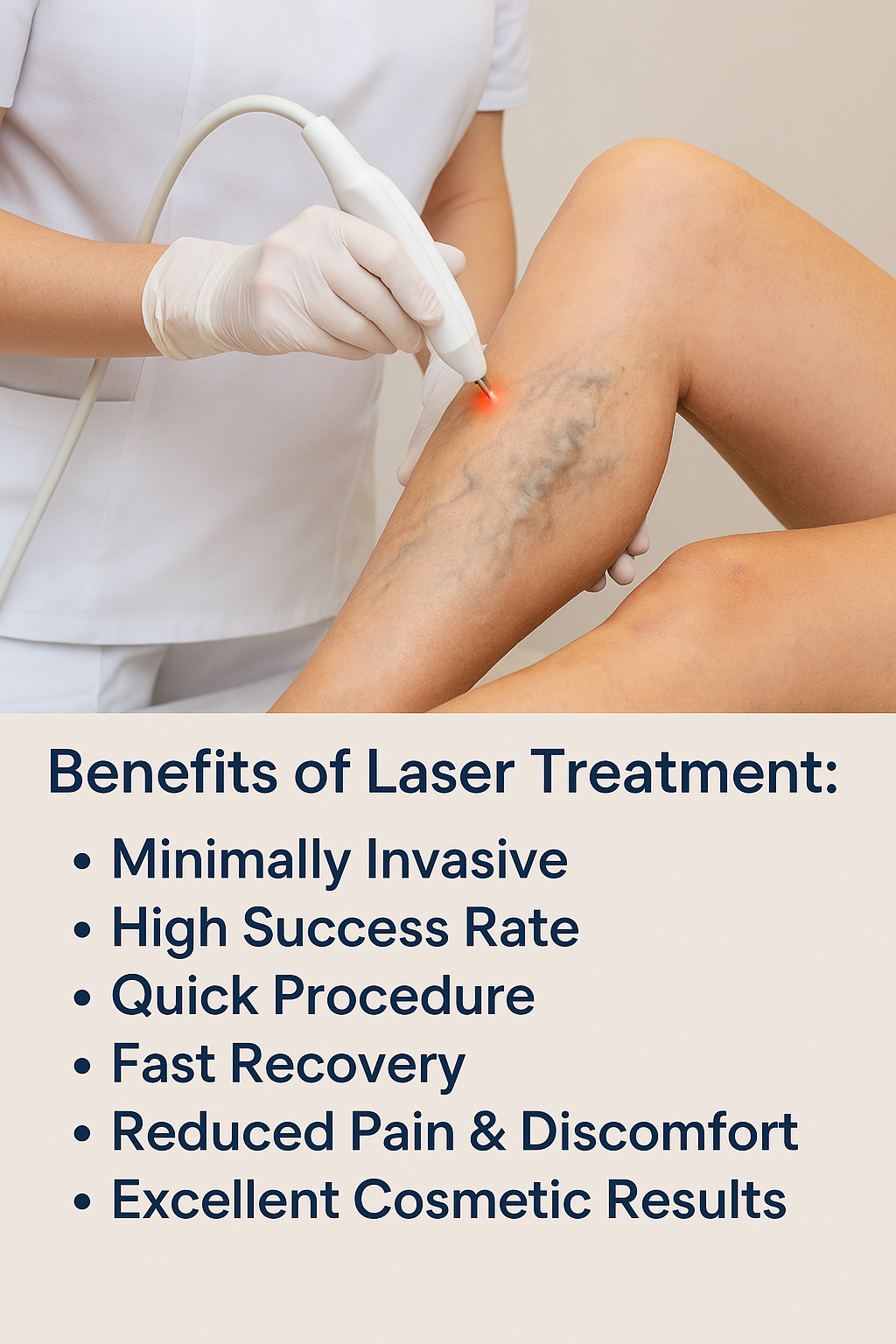
Benefits of Laser Treatment: Minimally Invasive, High Success Rate, Quick Procedure, Fast Recovery, Reduced Pain & Discomfort, Excellent Cosmetic Results
These benefits collectively highlight how modern treatments like EVLA have significantly reduced the barriers to seeking treatment, making the process less daunting and more convenient for a wider range of individuals.
A summary of these advantages is presented in the table below for quick reference:
| Benefit Category | Description |
|---|---|
| Minimally Invasive | No large incisions; often performed under local anesthesia. |
| High Success Rate | Extremely effective in closing problematic veins. |
| Quick Procedure | Typically completed within an hour. |
| Fast Recovery | Most patients can resume normal activities very quickly. |
| Reduced Pain & Discomfort | Less post-procedure pain compared to traditional methods. |
| Excellent Cosmetic Results | Minimal scarring. |
This table provides a concise, scannable overview of EVLA's key advantages, allowing readers to quickly grasp why it is a preferred modern solution.
Swift Recovery After Varicose Vein Treatment
One of the most appealing aspects of laser treatment for varicose veins is the remarkably swift and smooth recovery process. This minimal disruption to daily life is a key factor in encouraging patients to pursue treatment.
Varicose Vein Treatment Recovery: What to Expect
Patients can anticipate a straightforward recovery period with clear guidelines to ensure optimal healing:
- Immediate Post-Procedure Activity: Patients are typically encouraged to walk immediately after the procedure. This is a crucial step as it actively promotes healthy blood circulation, which is vital for the healing process and helps prevent complications. This active participation in recovery contributes significantly to better outcomes.
- Compression Stockings: Compression stockings are an essential part of post-procedure care. Patients will need to wear them for a specified period, usually one to two weeks, to aid in healing, reduce swelling, and support the treated veins.
- Mild Discomfort: It is common to experience some mild bruising, soreness, or a sensation of tightness along the path of the treated vein. However, this discomfort is generally manageable with over-the-counter pain relievers.
- Avoid Strenuous Activity: While light walking is encouraged, patients should refrain from heavy lifting and strenuous exercise for a few days to a week following the procedure. This precaution helps prevent undue strain on the healing veins.
- Follow-Up Appointments: The medical team will schedule follow-up appointments to monitor the patient's progress, assess healing, and address any concerns.
The quick recovery time means that most patients are able to return to work and resume light daily activities within just a day or two after the procedure. The full cosmetic benefits and complete resolution of symptoms typically become apparent over a few weeks as the body continues to absorb the treated vein and adjust to improved circulation.
To provide a clear overview of the recovery expectations, the following table outlines key aspects of the post-EVLA period:
| Recovery Aspect | What to Expect |
|---|---|
| Immediate Post-Procedure | Encouraged to walk immediately to promote circulation. |
| Compression Stockings | Wear for 1-2 weeks to aid healing and reduce swelling. |
| Discomfort | Mild bruising, soreness, or tightness is common; manageable with OTC pain relievers. |
| Activity Restrictions | Avoid heavy lifting and strenuous exercise for a few days to a week. |
| Return to Activities | Most can resume light daily activities and return to work within 1-2 days. |
| Full Benefits | Full recovery and cosmetic benefits become apparent over a few weeks. |
This recovery guide helps manage patient expectations and provides actionable information for a smooth and effective healing process.
Varicose Veins FAQs: Your Questions Answered for Ghaziabad & Delhi
This section addresses frequently asked questions to provide a comprehensive understanding of varicose veins and their treatment, proactively addressing common concerns and reducing potential barriers to seeking care.
Q1: What exactly are varicose veins, and why do they happen?
Varicose veins are enlarged, twisted veins that commonly appear as bulging, purplish-blue lines, typically on the legs. They form when the one-way valves inside the veins, which are responsible for pushing blood back towards the heart, become weak or damaged. This malfunction allows blood to flow backward and pool, leading to the vein swelling and becoming visible. Common causes and risk factors include genetics (family history), increasing age, gender (more common in women due to hormonal changes during pregnancy, puberty, and menopause), pregnancy, obesity, prolonged standing or sitting, a sedentary lifestyle, and previous leg injury or trauma.
Q2: Are varicose veins just a cosmetic issue, or can they be serious?
While many individuals initially notice varicose veins due to their cosmetic appearance, they are not just a cosmetic concern. If left untreated, varicose veins can lead to a range of uncomfortable symptoms such as aching, heaviness, itching, and swelling in the legs. More seriously, they can cause complications like skin discoloration (venous dermatitis/stasis dermatitis), inflammation of the vein (superficial thrombophlebitis), bleeding from the vein, and in severe cases, painful, slow-healing leg ulcers (venous ulcers). Although less common directly from varicose veins themselves, severe venous insufficiency can also increase the risk of a blood clot forming in a deep vein (Deep Vein Thrombosis - DVT), which is a serious medical emergency. It is crucial to consult a vein specialist to assess the severity of the condition and prevent these potential complications.
Q3: What are the main symptoms of varicose veins that I should watch out for?
Besides the visible bulging veins, common symptoms of varicose veins include a persistent aching or heavy feeling in the legs; burning, throbbing, or muscle cramping in the lower legs; swelling in the ankles and feet; worsened pain after long periods of sitting or standing; itching around one or more veins; skin discoloration (brownish or purplish) around the affected veins; hardening of the vein (phlebitis) or skin; bleeding from the vein; and leg ulcers (a severe complication). If any of these symptoms are experienced, it is advisable to seek medical advice.
Q4: How is laser treatment for varicose veins performed, and is it painful?
Endovenous Laser Ablation (EVLA), commonly referred to as laser treatment for varicose veins, is a minimally invasive procedure. During the procedure, a thin laser fiber is gently inserted into the problematic vein through a small incision. The laser then emits concentrated heat energy, which causes the vein to collapse and seal shut. The procedure is typically performed under local anesthesia, meaning the patient will be awake but the treated area will be numb. Most patients report experiencing only mild pressure or warmth, with minimal to no pain during the procedure itself. Any discomfort experienced after the procedure is usually mild and can be effectively managed with over-the-counter pain relievers.
Q5: What is the recovery like after varicose vein laser treatment? How soon can I return to normal activities?
Recovery after laser treatment for varicose veins is notably quick and smooth. Most patients are encouraged to walk immediately after the procedure to promote blood circulation. Compression stockings will typically need to be worn for a period, usually one to two weeks, to aid in healing and reduce swelling. While some mild bruising, soreness, or tightness along the treated vein is common, it is usually manageable with over-the-counter pain relievers. Although light walking is encouraged, heavy lifting and strenuous exercise should be avoided for a few days to a week. Most people can resume light daily activities and return to work within a day or two. The doctor will schedule follow-up appointments to monitor progress and will provide specific post-procedure care instructions to ensure a smooth and swift recovery.
Q6: Will my varicose veins come back after treatment?
The specific vein that has been treated with laser ablation is permanently closed and absorbed by the body, meaning that specific vein will not return. However, it is possible for new varicose veins to develop in other veins over time. This is especially true if an individual has a genetic predisposition to the condition or continues with lifestyle factors that contribute to their formation. Maintaining a healthy lifestyle and adhering to a doctor's advice can help minimize the risk of varicose veins recurring. Regular follow-up appointments with a vein specialist are also recommended to monitor vein health.
Q7: Is varicose vein treatment covered by insurance?
Many insurance providers, including most medical insurances, often cover varicose vein treatment if it is deemed medically necessary. This medical necessity is typically determined by the presence of symptoms such as pain, swelling, or ulcers, and not if the treatment is purely for cosmetic reasons. Coverage usually requires a consultation and diagnostic tests, such as an ultrasound, to confirm the medical necessity. It is recommended to contact the clinic directly, as they can assist in understanding the process and verifying specific insurance coverage for varicose vein surgery and other treatments. By addressing these common financial and procedural concerns, the aim is to increase patient confidence and facilitate the decision to seek treatment.
Take the First Step Towards Healthier Legs in Ghaziabad
If symptoms of varicose veins are being experienced, or if the condition is impacting daily life and well-being, it is imperative not to delay seeking professional medical advice. Early diagnosis and timely treatment are critical steps that can prevent the development of serious complications and significantly enhance comfort and overall well-being. Taking this proactive approach represents the first vital step towards achieving healthier, pain-free legs. This final call to action directly links the information provided to the promise of a better quality of life, motivating immediate action.
Expert Varicose Vein Care at Shri Tirupati Hospital, Ghaziabad
Shri Tirupati Hospital is a multi-specialty healthcare center located in Ghaziabad, renowned for its compassionate care, highly skilled medical professionals, and 24x7 emergency services. The hospital is recognized among the top 10 hospitals in Ghaziabad, a testament to its commitment to quality healthcare.
The experienced team at Shri Tirupati Hospital is fully equipped to accurately diagnose and safely treat varicose veins, ensuring patients receive comprehensive and effective care. With leading medical professionals available in Ghaziabad, patients can be assured of receiving quality care tailored to their needs. The emphasis on local presence and expertise aims to reinforce the hospital's standing as a trusted provider for individuals searching for "best doctor near me in Ghaziabad."
For personalized health advice and treatment, individuals are encouraged to connect with Shri Tirupati Hospital using the following contact details:
- Phone: 0120-2782103 / 9873363434
- Website: www.shritirupatihospital.com
- Social Media: Follow us on Facebook and Instagram for regular health updates.
- Google Page: Shri Tirupati Hospital on Google
The information presented in this report has been reviewed and verified by Dr. Lakshay Goel, an esteemed medical professional with extensive credentials including M.B.B.S., M.S., and a Fellowship in GI Oncology. Dr. Goel is a highly skilled Laparoscopic, Laser, and Bariatric Surgeon.
Important Disclaimer
This information is provided strictly for educational purposes and should not be considered a substitute for professional medical advice. It is always recommended to consult with a qualified healthcare provider for any concerns regarding personal health. This disclaimer is a crucial component for legal compliance and ethical responsibility, ensuring that readers understand the limitations of online information and the necessity of direct medical consultation for diagnosis and treatment.

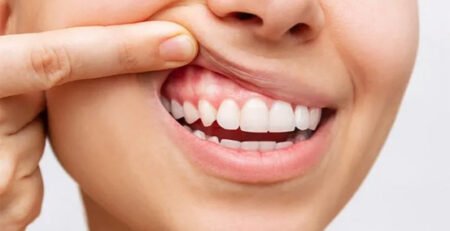
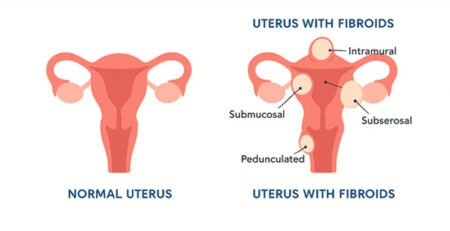
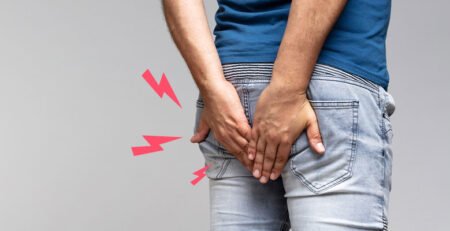

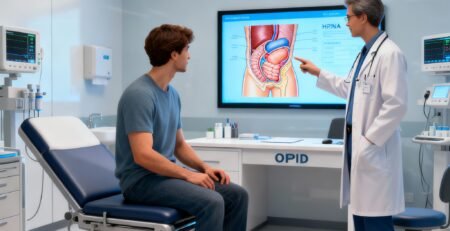
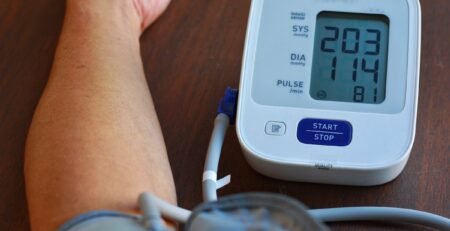
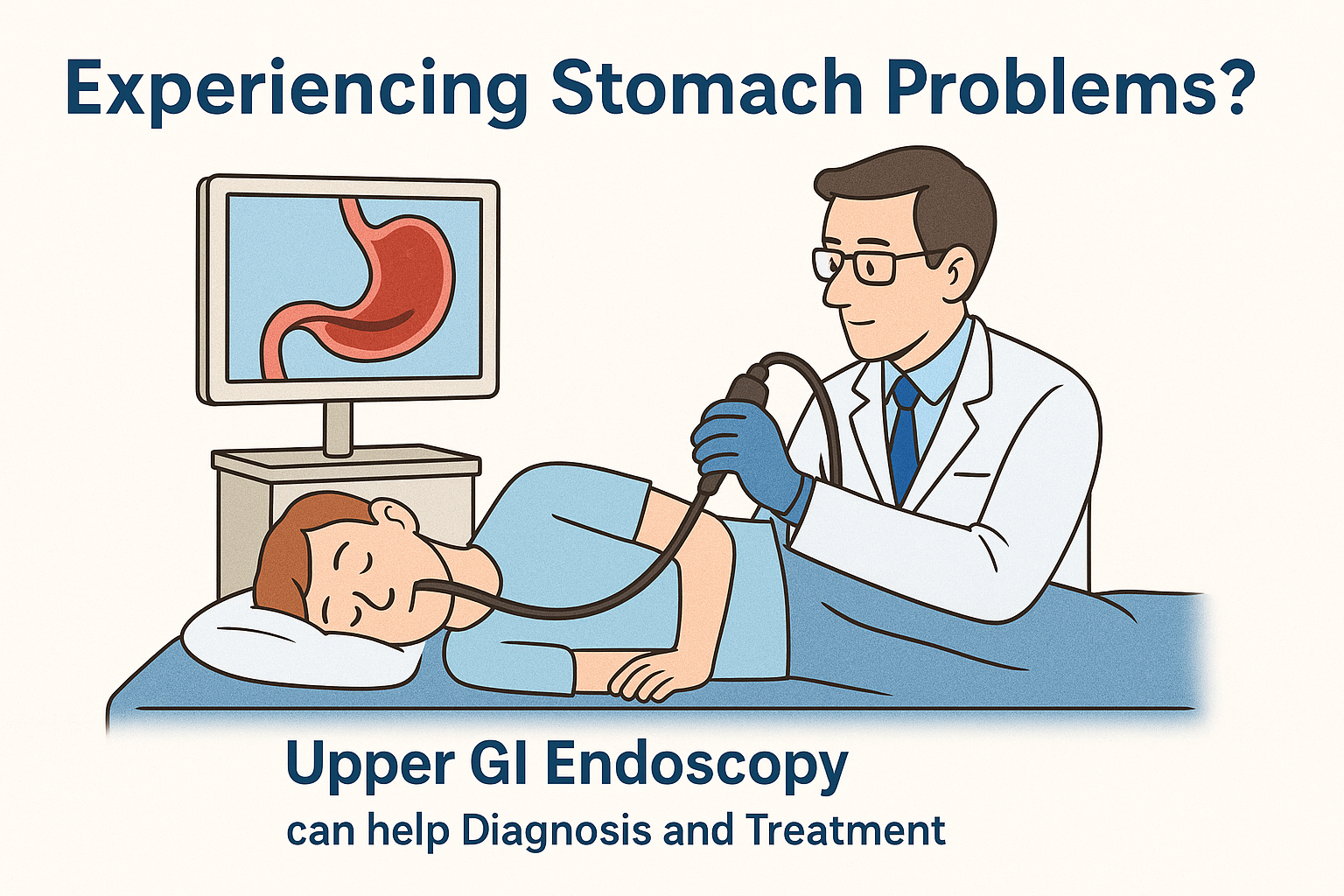
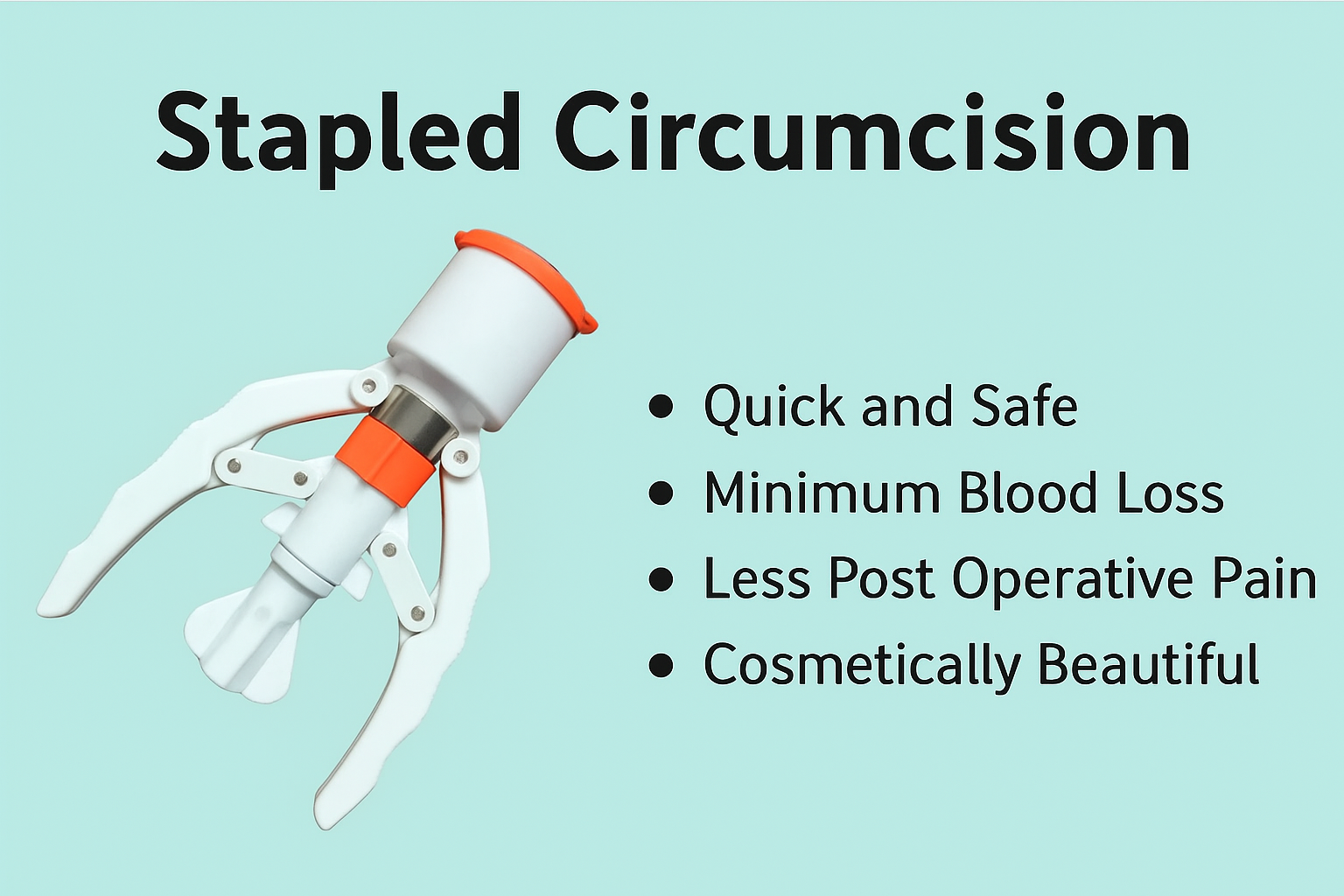
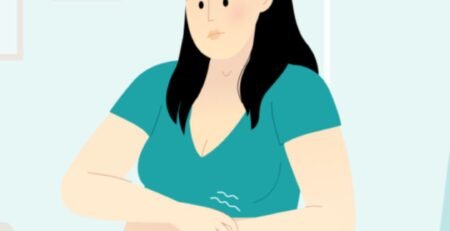
Leave a Reply